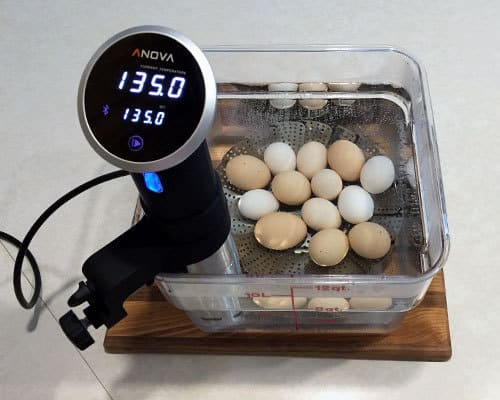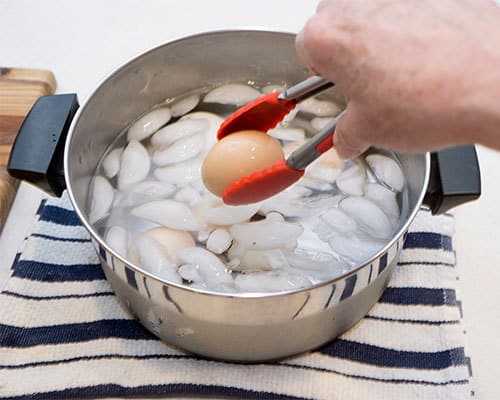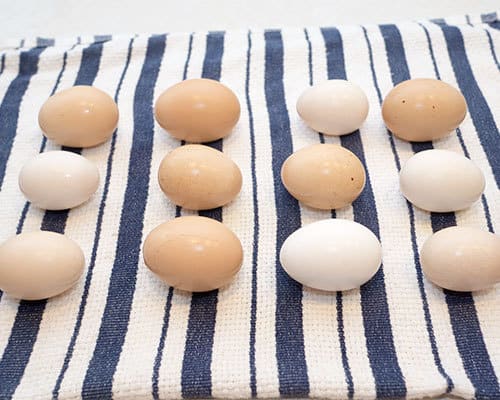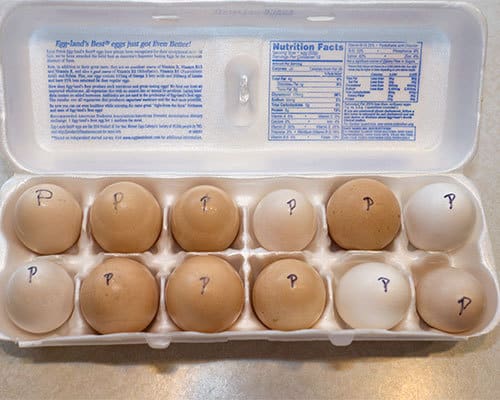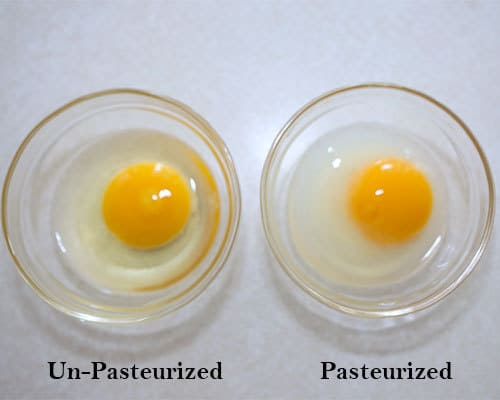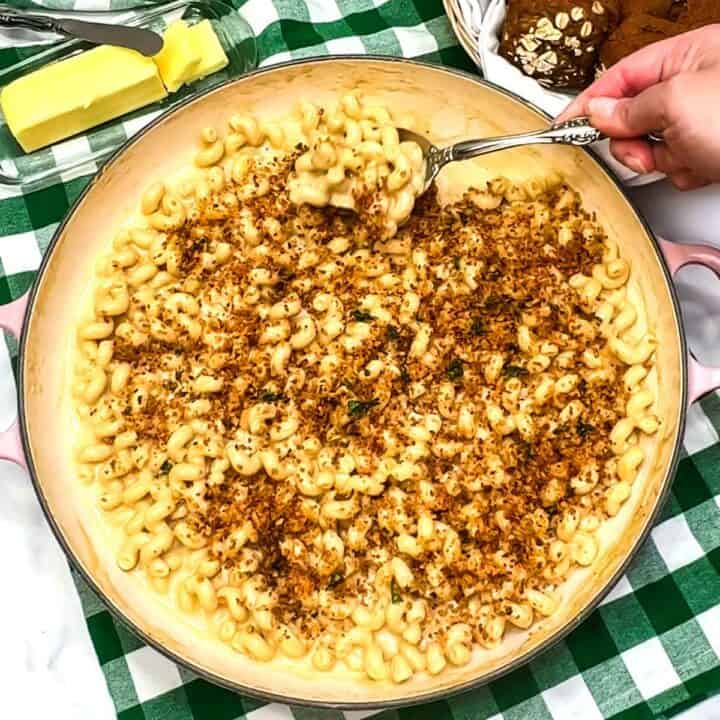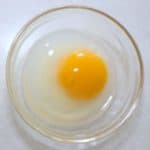
As it turns out, eggs go from raw to hard boiled over a relatively small temperature range. At 140° to 143.6° F (60 to 62° C), the egg white will start to coagulate. At 145.4° F (63°C), the white will be set, but the yolk still runny. At 152.6°F (67°C), the yolk becomes like custard, not runny, but not hard either. The yolk will be fully cooked as a hard boiled egg at 170°F (77°C).
Since the egg whites begin to coagulate at around 140°F, one should be able use the sous vide technique to pasteurize them at a temperature below 140°F.
My brother raises chickens and I am incredibly fortunate to have a ready supply of fresh eggs. He had talked about making mayonnaise, but was concerned about the potential health risks of salmonella. I offered to experiment with pasteurizing some eggs for him using the sous vide technique.
Based on some research, it appears that the temperature at which eggs can be pasteurized is 130°F to 135°F.
I filled my polycarbonate container with hot water, and set my immersion circulator at 135°F. Because I was concerned about the eggs being moved around by the water circulation, I placed them in a metal steamer basket, and let them “sous vide” for 90 minutes.
